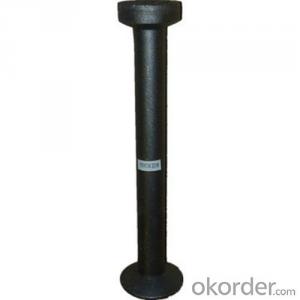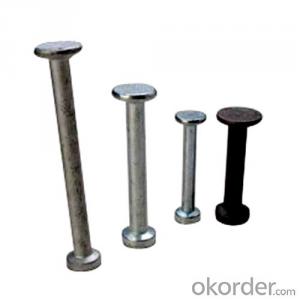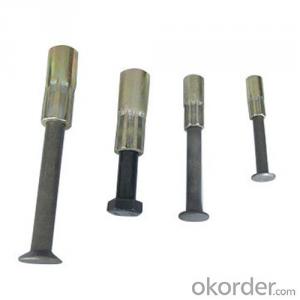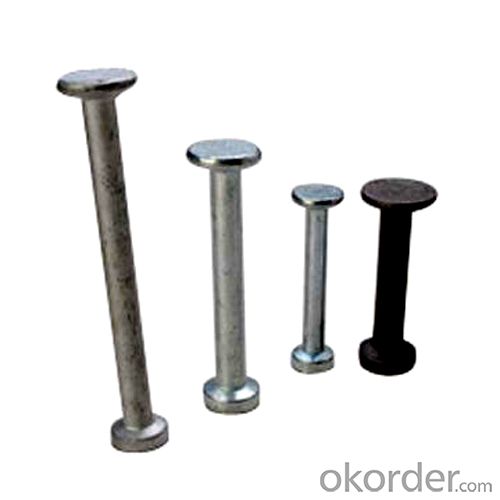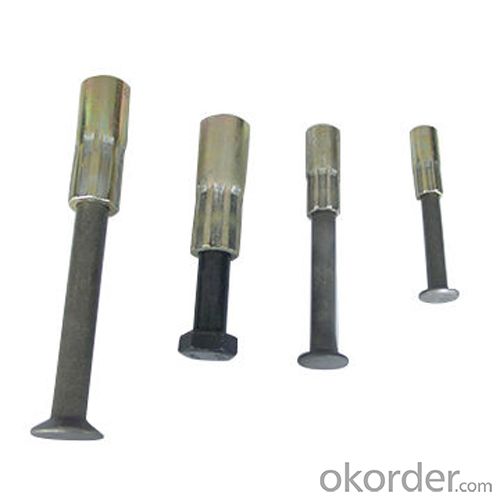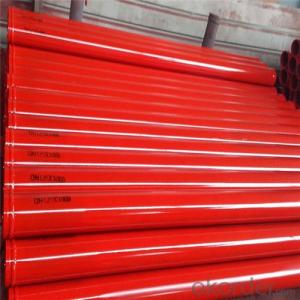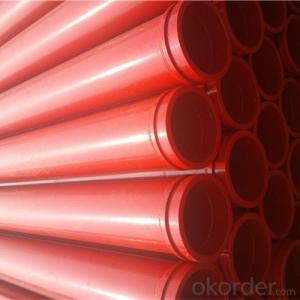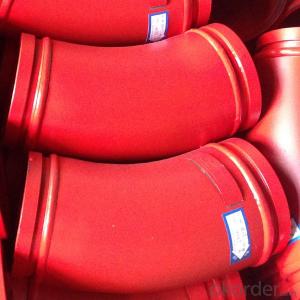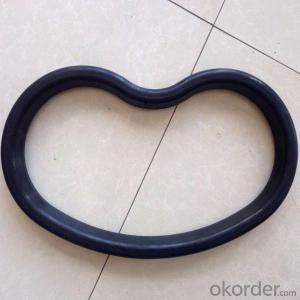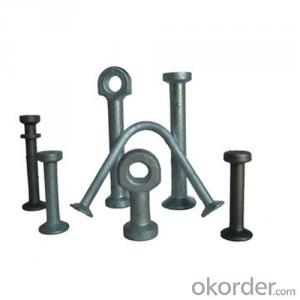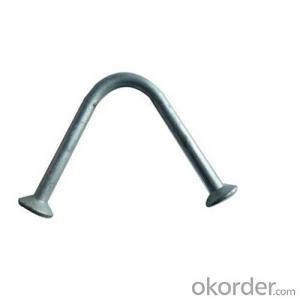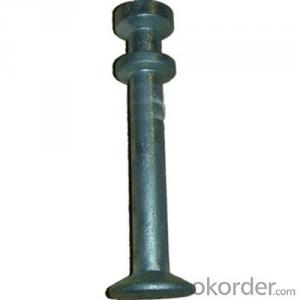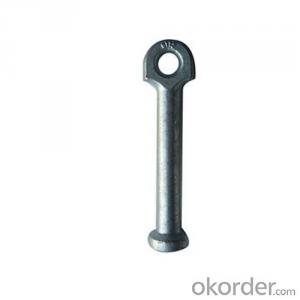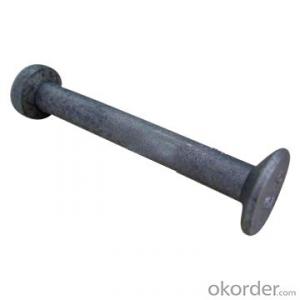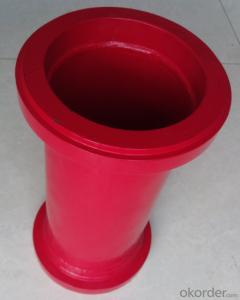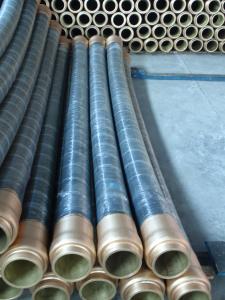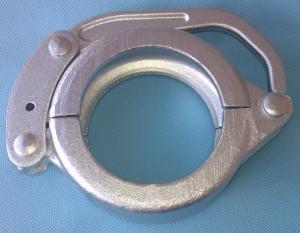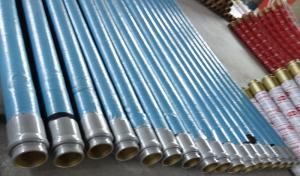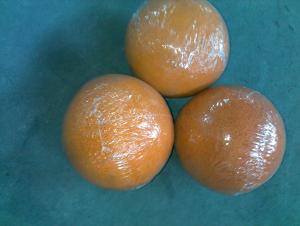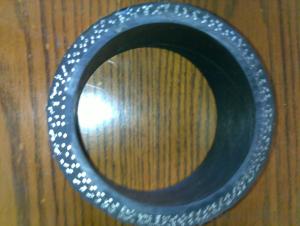Lifting Anchor Forged Straight Type Long Design
- Loading Port:
- Tianjin
- Payment Terms:
- TT OR LC
- Min Order Qty:
- 100 pc
- Supply Capability:
- 10000 pc/month
OKorder Service Pledge
OKorder Financial Service
You Might Also Like
1. Specification:
Material: Carbon Steel, Forged
Finish: Self Colored, or Galvanized
Packaging: carton, then on pallets, or as customers' requirements
Stocks: we have stocks for regular sizes
Warning: never exceed working load limit
2. Products available:
Swift lift lifting eyes are used with the swift lift anchors to lift, handle and place precast concrete elements
3. Primary competitive advantages:
1. More than 10 years 4 years focus on building material manufacturing
Prompt delivery lead time within 25 days after confirming order
2. Eathu's products are enhanced by the factory QA and quality control checks during the production, if necessary each order can be send out with a certificate referring back to test
3. OEM/ODM capability: more then 10 years experience
4.Packaging and delivery:
Packaging details: goods packed in cartons and then on the pallet
Delivery detail: within 25 days after getting payment
Small Orders Accepted
Brand-name Parts
Country of Origin
Distributorships Offered
Electronic Link
Experienced Staff
Form A
Green Product
Guarantee/Warranty
International Approvals
Market:
Mid East/Africa
North America
Western Europe
FAQ:
Q1: How long about delivery time Concrete Lifting anchors ?
A1: The delivery time will be very short, normally we keep the raw materials for old customers and sometime we also keep stock products to
make sure delivery time in any emergency cases.
Q2: How do we guarantee the quality of our Concrete lifting anchors?
A2: We have established an advanced quality management system which conducts strict quality tests at every step, from raw materials to the final product. At the same time, we provide extensive follow-up service assurances as required.
Q3: How soon can we receive the product after purchase?
A3: Within three days of placing an order, we will book the vessel for goods. The specific shipping date is dependent upon international and government factors, but is typically 7 to 30 workdays.
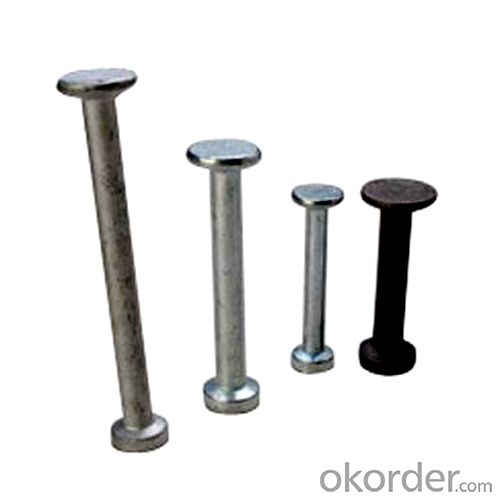
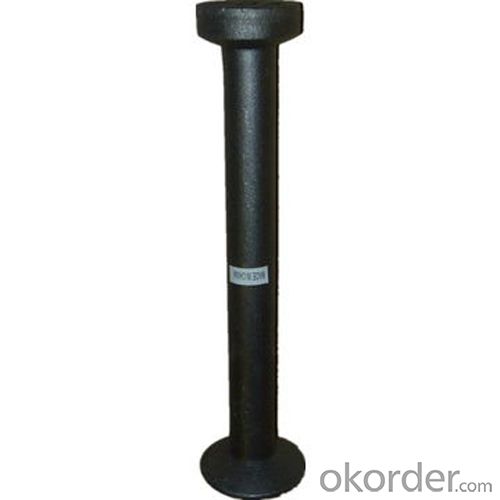
- Q: What is the function of a concrete pump hopper grate lever?
- The function of a concrete pump hopper grate lever is to control the opening and closing of the hopper grate on a concrete pump. The hopper grate is a metal grid that covers the hopper, which is the chamber where the concrete is loaded before being pumped. The lever allows the operator to easily manipulate the position of the grate, either opening it to allow concrete to flow into the hopper or closing it to prevent any debris or foreign objects from entering the pump system. This control is crucial for ensuring the smooth and efficient operation of the concrete pump, as any obstructions or contaminants in the hopper can potentially damage the pump or affect the quality of the pumped concrete. By using the hopper grate lever, the operator can maintain a steady flow of concrete into the pump and ensure that only clean and properly mixed concrete is being used. Additionally, the lever provides a safety measure, as it allows the operator to quickly close the grate in case of any emergencies or malfunctions. Overall, the concrete pump hopper grate lever plays a vital role in the proper functioning and maintenance of a concrete pump system.
- Q: What is the purpose of a concrete pump boom?
- The purpose of a concrete pump boom is to provide an efficient and effective method for transferring concrete from the mixer truck to the desired location on a construction site. The boom is typically mounted on a truck or trailer and consists of a series of connected sections that can be extended and maneuvered to reach areas that are otherwise difficult to access. Concrete pump booms offer several advantages over traditional methods of concrete placement. Firstly, they significantly reduce the labor required for concrete placement, as the boom can reach over obstacles such as buildings or other structures, eliminating the need for manual pouring or the use of cranes. This saves time and money on a construction project. Additionally, concrete pump booms allow for precise and accurate placement of concrete. The boom can be controlled remotely, allowing the operator to position the nozzle exactly where the concrete is needed. This ensures a more uniform and even distribution of concrete, resulting in a higher quality finished product. Furthermore, concrete pump booms increase safety on construction sites. By eliminating the need for workers to physically transport and pour concrete, the risk of injuries and accidents is significantly reduced. The boom also allows for the placement of concrete in hard-to-reach areas, minimizing the need for workers to climb or work at heights, further enhancing safety. In conclusion, the purpose of a concrete pump boom is to provide a more efficient, precise, and safe method for transferring and placing concrete on construction sites. Its ability to reach over obstacles, accurately control placement, and reduce labor requirements make it an invaluable tool in the construction industry.
- Q: What are the different types of concrete pump rubber hoses?
- In the market, you can find a variety of concrete pump rubber hoses. These hoses come in different types to cater to specific needs. The first type is the Steel Wire Reinforced Hose, which is the most commonly used. It is built with multiple layers of steel wire to provide maximum strength and durability. This type of hose is suitable for high-pressure applications and can handle the heavy pumping of concrete effortlessly. Another type is the Textile Reinforced Hose, which is reinforced with multiple layers of textile fabric like nylon or polyester. These hoses are lighter in weight compared to the steel wire reinforced ones, making them easier to handle and maneuver. They are suitable for medium-pressure applications and are commonly used in smaller concrete pumps. Then there is the Fabric Hose, which is made from a single layer of fabric like nylon or polyester. These hoses are lightweight and flexible, making them easy to handle and transport. Fabric hoses are suitable for low-pressure applications and are commonly used in small-scale construction projects. Composite Hoses are made from a combination of different materials such as rubber and plastic. These hoses are lightweight and highly flexible, which makes them ideal for applications where maneuverability is crucial. They are commonly used in smaller concrete pumps and can handle both low and medium pressure. Lastly, there are Flanged Hoses, which have flanges attached at both ends. These flanges are used to connect the hose to the pump and the nozzle, providing a secure connection and preventing any leaks or disconnections during the pumping process. Flanged hoses are commonly used in high-pressure applications and are suitable for large-scale construction projects. In conclusion, the choice of concrete pump rubber hose depends on specific project requirements. Factors such as pressure, size, and type of concrete being pumped should be considered to ensure efficient and safe concrete pumping operations.
- Q: What is the role of a concrete pump hopper grate spring?
- The role of a concrete pump hopper grate spring is to provide tension and support to the hopper grate, ensuring that it remains securely in place while allowing for smooth and consistent flow of concrete through the pump.
- Q: What are the signs of a damaged concrete pump agitator motor?
- Signs of a damaged concrete pump agitator motor may include unusual noises or vibrations during operation, decreased agitating speed or power, overheating, frequent motor tripping or shutting down, and visible signs of physical damage like cracks, leaks, or broken components.
- Q: How can a faulty agitator motor affect the concrete mixing process?
- A faulty agitator motor can significantly impact the concrete mixing process. The agitator motor is responsible for rotating the drum or mixer, ensuring that the concrete ingredients are properly mixed. If the motor is faulty, it may not rotate the drum at the required speed or may not rotate at all, leading to inadequate mixing of the concrete. This can result in an uneven distribution of the ingredients, affecting the quality and strength of the concrete. Additionally, a faulty motor may cause delays in the mixing process, increasing the overall time required to complete the project.
- Q: How much do concrete pump spare parts typically cost?
- The cost of concrete pump spare parts can vary significantly depending on the specific part needed, its brand, quality, and availability. It is recommended to contact suppliers or manufacturers for accurate and up-to-date pricing information.
- Q: How often should concrete pump water pumps be inspected and replaced?
- Concrete pump water pumps should be inspected regularly, ideally on a monthly basis, to ensure they are functioning properly and to catch any potential issues early on. However, the frequency of replacement will depend on various factors such as the pump's usage, maintenance, and overall condition. It is recommended to consult the manufacturer's guidelines and seek professional advice for determining the specific replacement schedule for concrete pump water pumps.
- Q: Can concrete pump spare parts be repaired on-site, or should they be sent to a specialized repair facility?
- Concrete pump spare parts can be repaired on-site in certain cases, while in others it may be necessary to send them to a specialized repair facility. The decision of whether to repair on-site or send for specialized repair depends on the nature and complexity of the repair required, the availability of skilled technicians and equipment, and the time constraints of the project. In many cases, minor repairs or replacements of simple components can be carried out on-site. These may include tasks such as replacing hoses, seals, or filters, which can be done quickly and easily with basic tools and equipment. These types of repairs can often be performed by the operators or maintenance personnel themselves, without the need for specialized technicians. However, for more complex repairs or replacements, it is advisable to send the spare parts to a specialized repair facility. This is particularly true for critical components such as hydraulic cylinders, valves, or control systems, which require specialized knowledge and expertise to repair properly. Specialized repair facilities have trained technicians who specialize in specific equipment and are equipped with the necessary tools and resources to diagnose and fix complex issues. Moreover, specialized repair facilities often have access to a wider range of spare parts and can source genuine parts from the original manufacturer. This ensures that the repaired spare parts are of high quality and compatible with the specific make and model of the concrete pump. Additionally, these facilities may offer warranties on their repairs, providing peace of mind to the equipment owners. Ultimately, the decision to repair on-site or send for specialized repair depends on the specific situation and resources available. It is important to assess the complexity of the repair, the availability of skilled technicians, and the potential impact on the project timeline before deciding on the most appropriate course of action.
- Q: How can a faulty lubrication system affect the pump's performance?
- A faulty lubrication system can significantly affect the pump's performance in several ways. Firstly, a lubrication system is responsible for providing a thin film of lubricant between moving parts of the pump, reducing friction and wear. If the lubrication system is faulty or inadequate, it can result in increased friction between components, leading to excessive heat generation and accelerated wear and tear. This can ultimately reduce the efficiency and lifespan of the pump. Secondly, a faulty lubrication system can cause inadequate lubrication to critical components, such as bearings and seals. Insufficient lubrication can lead to increased friction, heat, and ultimately, premature failure of these components. This can result in increased downtime, costly repairs, and potential damage to other parts of the pump. Furthermore, a faulty lubrication system can also result in the contamination of the lubricant. Contaminants such as dirt, debris, or moisture can enter the system due to leaks or improper maintenance. These contaminants can cause abrasive damage to the pump's internal components, leading to reduced efficiency, increased wear, and potential failure. Lastly, a faulty lubrication system can also impact the pump's overall performance and energy consumption. Insufficient lubrication can increase the power requirements of the pump as it works harder to overcome friction and resistance. This can result in higher energy consumption and increased operating costs. In conclusion, a faulty lubrication system can severely impact the pump's performance by causing increased friction, accelerated wear and tear, premature failure of critical components, contamination of the lubricant, and increased energy consumption. Regular maintenance and proper lubrication are crucial to ensure the pump operates at its optimal level and to extend its lifespan.
Send your message to us
Lifting Anchor Forged Straight Type Long Design
- Loading Port:
- Tianjin
- Payment Terms:
- TT OR LC
- Min Order Qty:
- 100 pc
- Supply Capability:
- 10000 pc/month
OKorder Service Pledge
OKorder Financial Service
Similar products
Hot products
Hot Searches
Related keywords
